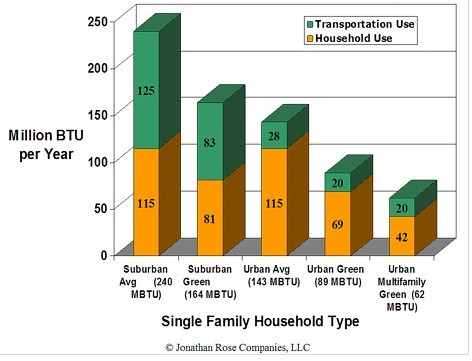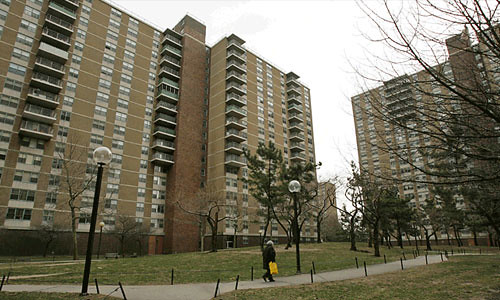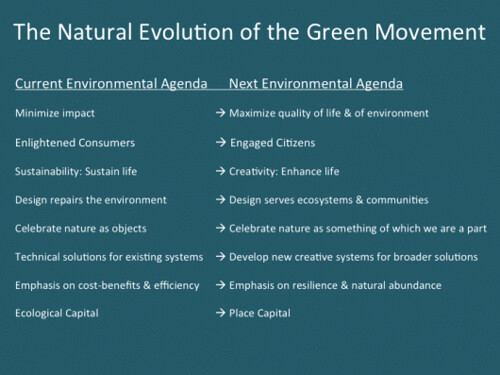Earth Day and the Urban Metropolis as Energy Efficient, if not Green and Placemaking

From Garden Cities of To-morrow by Howard.
The Green Metropolis argument, laid out in a book authored by David Owen, is that per capita energy use is far lower for city residents--especially if there is a high quality transit system--than it is for suburban and rural residents. While there are issues with access to food, and the cost of bringing food to the cities, the reality is that this argument is pretty important.
-- Placemaking as a New Environmentalism: Reinvigorating the Environmental Movement in the 21st Century
-- The Power of Place: A New Dimension for Sustainable Development
-- Place Capital: The Shared Wealth that Drives Thriving Communities. From the article:
To create wealth and prosper, societies everywhere seek to build capital, a production factor not often desired for itself but for its help in producing other goods. Today there are many kinds of capital: human, social, cultural, natural, and infrastructural.
What is Place Capital?
But it may be that a key to producing lasting wealth, and a way to efficiently build and leverage these other kinds of capital, is to focus on place. Place Capital can be defined as the shared wealth (built and natural) of the public realm – and it is increasingly becoming society’s most important means of generating sustainable growth.
The public places we most value, both in our communities and around the world, have this wealth and attract its preservation and expansion. Focusing on place can best build and leverage many kinds of capital, while often creating resilience and further innovation. Where Place Capital is strongest people actually compete to contribute to this shared wealth, often changing their behavior in ways that ultimately support the value the place gives to others.
Placemaking and city and the city's place in the environmental movement is worth thinking about in honor of Earth Day.
Labels: energy, green-environment-urban, sustainable land use and resource planning, urban design/placemaking






0 Comments:
Post a Comment
<< Home